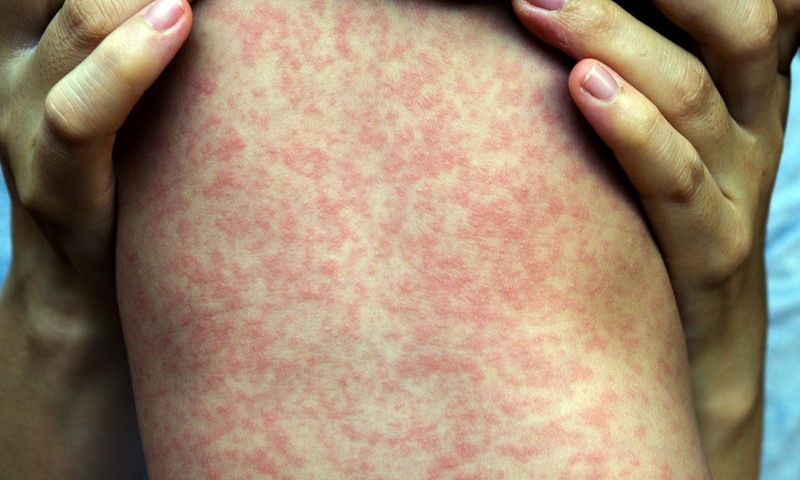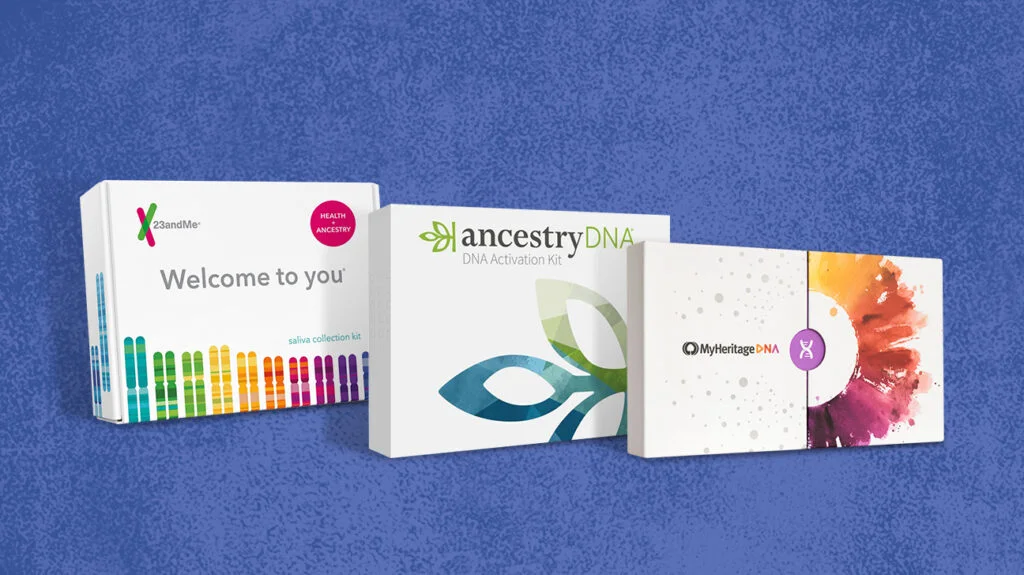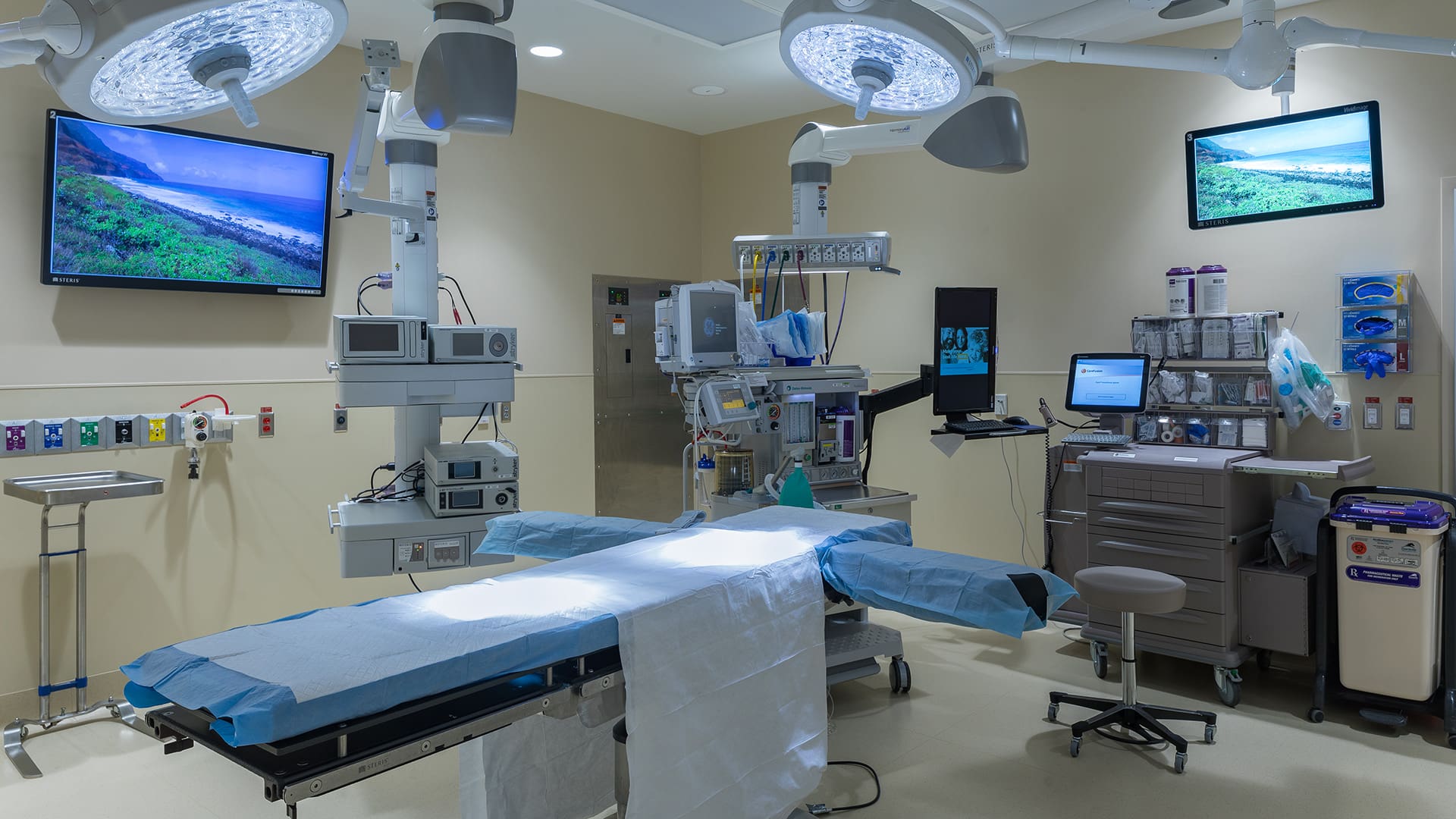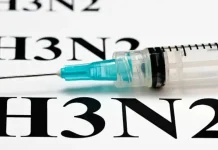The measles rash timeline follows a well-defined pattern that healthcare professionals use to help diagnose and manage the illness. This distinctive rash is one of the most visible and identifying symptoms of measles, a highly contagious viral infection caused by the measles virus (Paramyxovirus family).
Typically, the rash does not appear immediately. Instead, it surfaces only after other initial symptoms—such as fever, cough, and conjunctivitis—have developed. Understanding this timeline can help caregivers and healthcare providers recognize the condition early, provide appropriate care, and prevent complications.

Day-by-Day Breakdown of Measles Rash Timeline
Stage 1: Incubation Period (Day 0 to Day 10)
During this phase, the virus is actively replicating inside the body, but no symptoms are visible yet. Infected individuals are not contagious at this point. The immune system is beginning to mount a response.
Stage 2: Prodromal Phase (Day 10 to Day 14)
This is the stage where early measles symptoms become evident, including:
-
High-grade fever (up to 104°F or 40°C)
-
Persistent dry cough
-
Runny nose and nasal congestion
-
Red, watery eyes (conjunctivitis)
-
Appearance of Koplik spots (tiny bluish-white dots on the inner cheeks)
This phase lasts for about 3 to 5 days. Children are highly contagious during this time, even before the rash appears.
Stage 3: Rash Onset (Day 14 to Day 16)
The measles rash typically appears 3–5 days after the fever begins, often coinciding with the peak of fever.
Key Features of Rash Symptoms:
-
Begins at the hairline and behind the ears
-
Spreads downward to the face, neck, and upper chest
-
Appears as flat red spots (maculopapular lesions)
-
Spots may merge to form larger blotches
-
Often accompanied by small raised bumps
This stage is when the measles rash is most recognizable, and when many parents or clinicians may first suspect measles.
Stage 4: Rash Progression (Day 16 to Day 18)
After the initial facial appearance, the rash progresses rapidly:
-
Day 2 of Rash: Spreads to the trunk and arms
-
Day 3 of Rash: Reaches the legs and feet
-
The entire body may be covered by day 4, with intensity peaking
Children may feel extremely lethargic during this phase. The fever often starts to subside once the rash is fully developed.
Stage 5: Rash Fading & Recovery (Day 18 to Day 21)
The rash begins to fade in the same order it appeared:
-
From the face downward, over 3 to 4 days
-
Skin peeling or slight discoloration may follow
-
No scarring is typical unless there’s secondary infection
The child’s appetite and energy gradually return. Cough and eye irritation may persist slightly longer than the rash.
Visual Identification of the Measles Rash
Unlike rashes caused by allergic reactions or other viruses, the measles rash has a distinct appearance and progression.
How to Differentiate Measles Rash:
| Feature | Measles Rash | Other Viral Rashes |
|---|---|---|
| Color | Bright red or deep pink | Pale pink or reddish |
| Texture | Flat and slightly raised | Often uniform in texture |
| Spread | Head to toe, top-down | May appear randomly |
| Associated Symptoms | Fever, Koplik spots, cough | Often milder symptoms |
Common Complications Related to the Rash
While the rash itself is not dangerous, it signifies systemic viral infection and possible complications:
-
Skin infections due to scratching
-
Pneumonia from weakened immunity
-
Ear infections
-
Diarrhea and dehydration
-
In rare cases, encephalitis (brain swelling)
Monitoring the rash’s behavior and associated symptoms is vital for early intervention.
Measles Rash in Infants vs. Older Children
Though the rash symptoms and timeline remain consistent, the severity may vary:
-
Infants: Rash may appear more diffuse, and complications are more likely
-
Older children and teens: May experience more discomfort and visible blotching
Unvaccinated children are at the highest risk of developing full-blown measles with all classic symptoms, including the rash.
When to Contact a Doctor
Seek medical attention if:
-
Rash appears with high fever and cough
-
There are signs of dehydration or fatigue
-
Breathing becomes labored or rapid
-
The child is under 12 months or unvaccinated
Early diagnosis and isolation help prevent further spread of this airborne disease.
Vaccination: The Best Prevention Against Measles Rash
The MMR (Measles, Mumps, Rubella) vaccine offers robust protection:
-
1st dose at 9–12 months
-
2nd dose at 15–18 months or later, depending on country
Vaccination not only prevents infection but also ensures that measles rash and related symptoms never appear in most children.
Recognize the Rash, React Responsibly
The measles rash timeline is a crucial diagnostic tool. From the initial red spots on the face to their full-body spread and gradual fading, this rash offers a vivid signal of the body’s immune battle. Recognizing the rash symptoms—in context with fever, cough, and eye redness—can lead to faster care, reduced complications, and lower transmission.
With vaccination, hygiene awareness, and timely action, we can significantly reduce the burden of measles and safeguard children across the globe.




